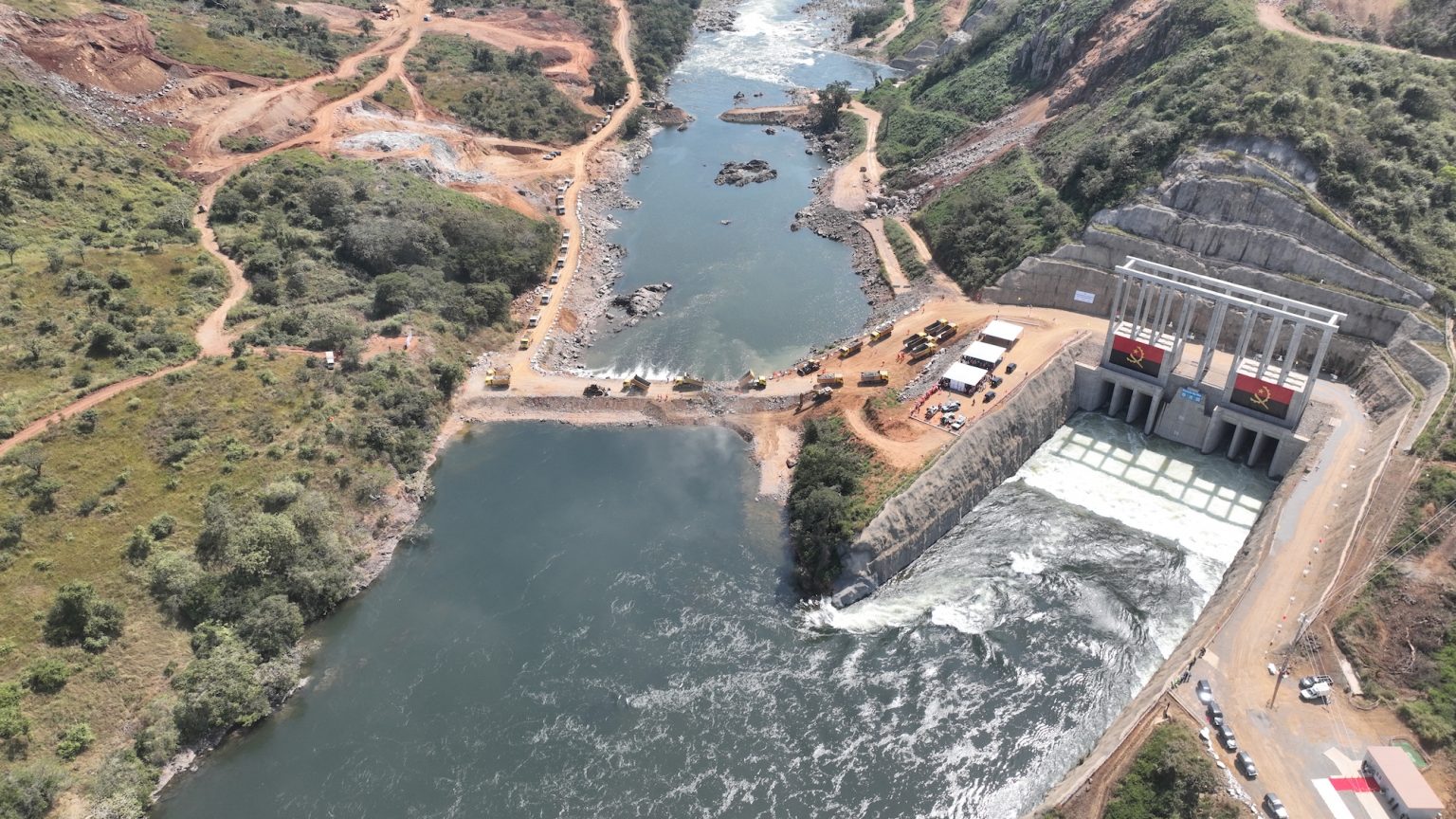Tanzania flipped a significant switch when the Julius Nyerere Hydroelectric Plant began sending major power into the grid. Its capacity is 2,115 MW, and once fully online, it is expected to generate about 5,920 GWh a year.
As of mid-2024, Tanzania’s grid‑connected installed capacity was about 2,645 MW, mainly from hydro (1,306 MW) and natural gas (1,199 MW). The recent surge is real: with the new hydropower plant, generation capacity reportedly hit 4,031.7 MW by April 2025.
On the demand side, things are heating up. Peak grid demand in late 2024 reached nearly 1,889 MW. Forecasts suggest that demand could grow 5–10% annually in the coming years, Tanzania’s energy planners aren’t expecting things to cool down.
But raw capacity alone doesn’t tell the full story. Many households still don’t use much power. Average electricity consumption per person is extremely low, around 108 kWh/year, according to some data sources. That’s well below regional and global norms, highlighting a gap between what’s produced and how widely or deeply it’s used.
Read Also: Kenya to Ban Electronics Imports Over 12 Years Old – What This Really Means
Access remains another issue. Rural areas lag behind: while some urban zones are almost fully connected, many rural households still rely on biomass (wood, charcoal) for cooking and energy.
Here’s a wrinkle: despite the growing capacity, Tanzania still imports electricity. The government is bringing in about 100 MW from Ethiopia, not because the country lacks generation power, but because parts of the grid (especially in the north) suffer from transmission inefficiencies. Long transmission lines mean losses; importing becomes, paradoxically, a cheaper stabilizing strategy.
There’s also a shift in fuel reliance. As the hydropower plant ramps up, natural gas-based generation has dropped, because the grid doesn’t need to lean as heavily on gas-fired plants.
What does this all mean? The Nyerere hydropower project is a turning point but it’s not a silver bullet. To sustain this growth, Tanzania will need to deal with seasonal variability (droughts can hit hydropower hard), build out transmission, and improve access for households. Without those, even big dams risk underdelivering where it matters most.



